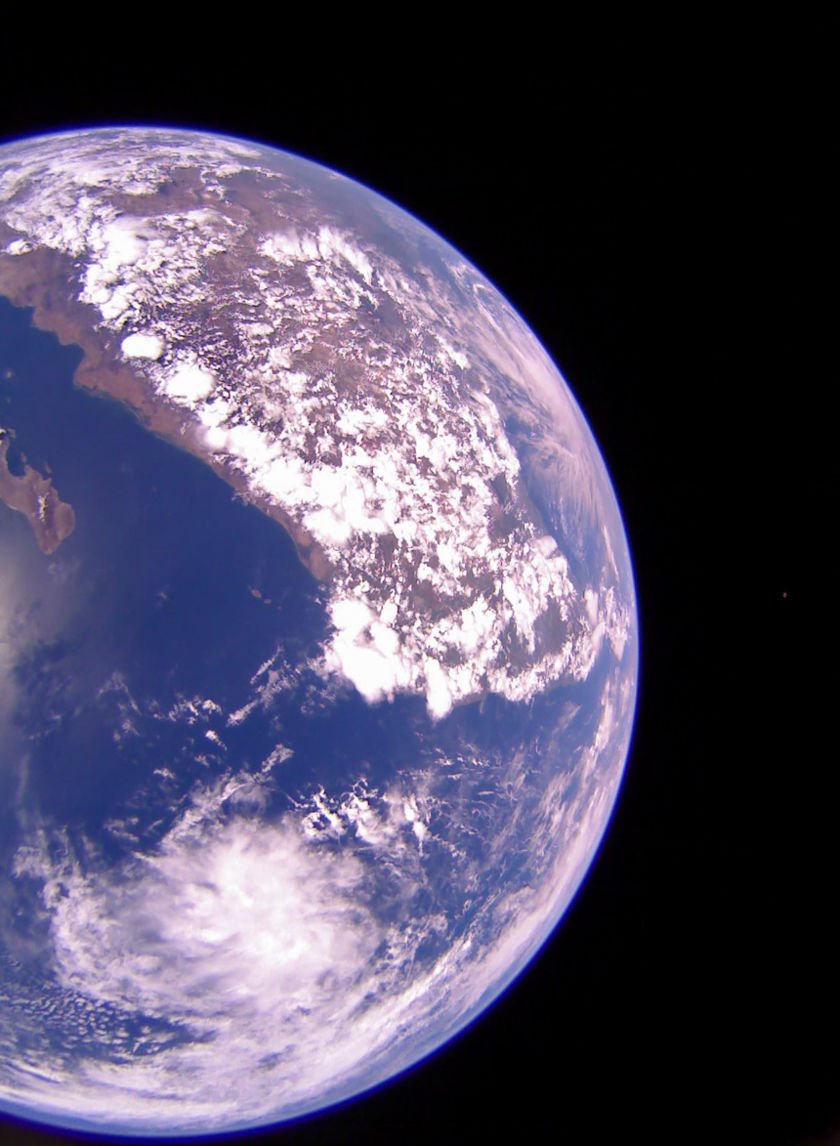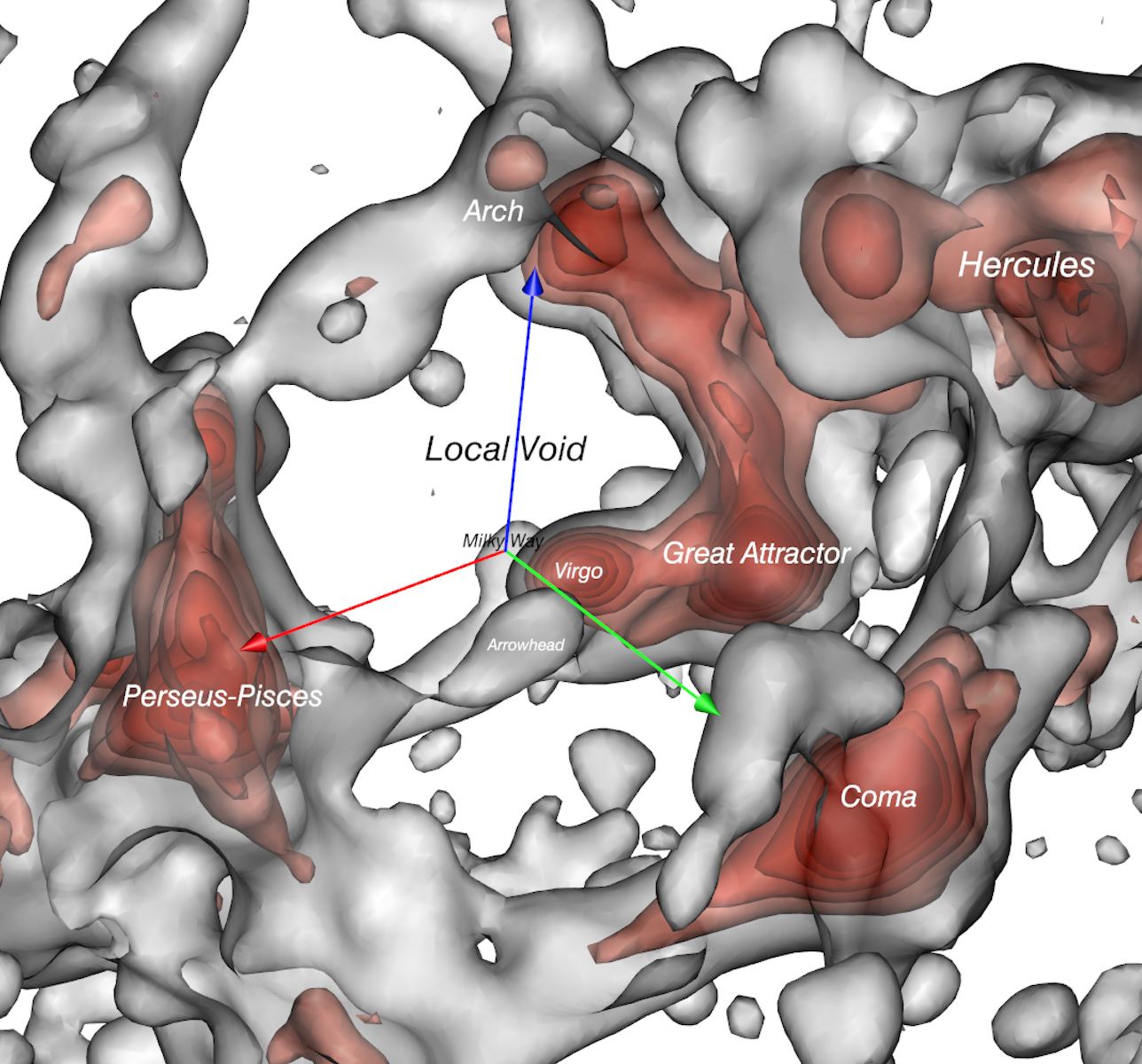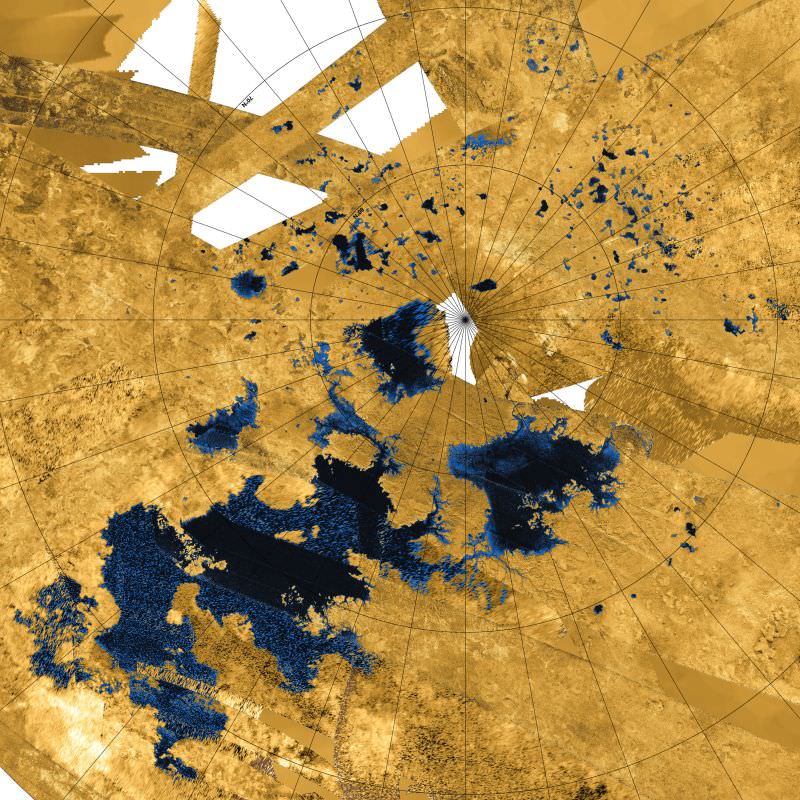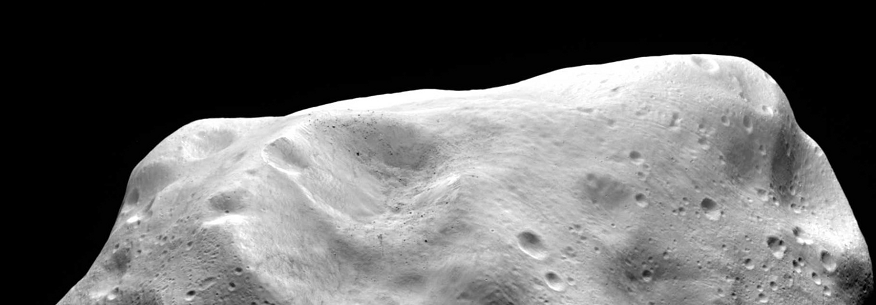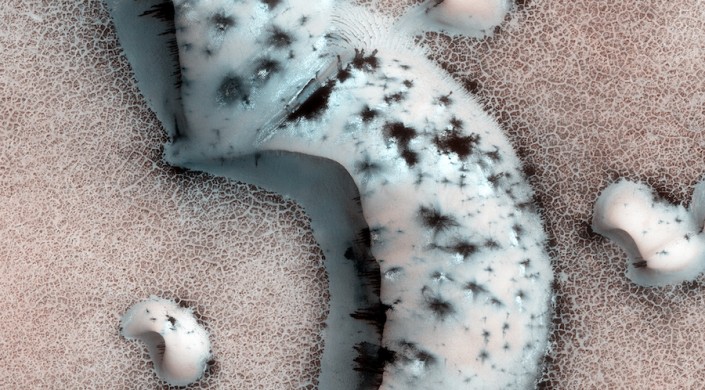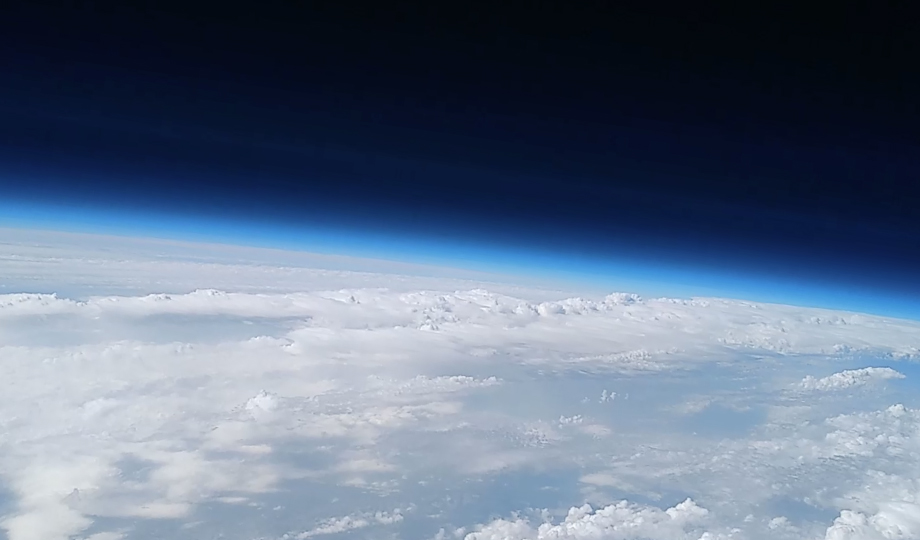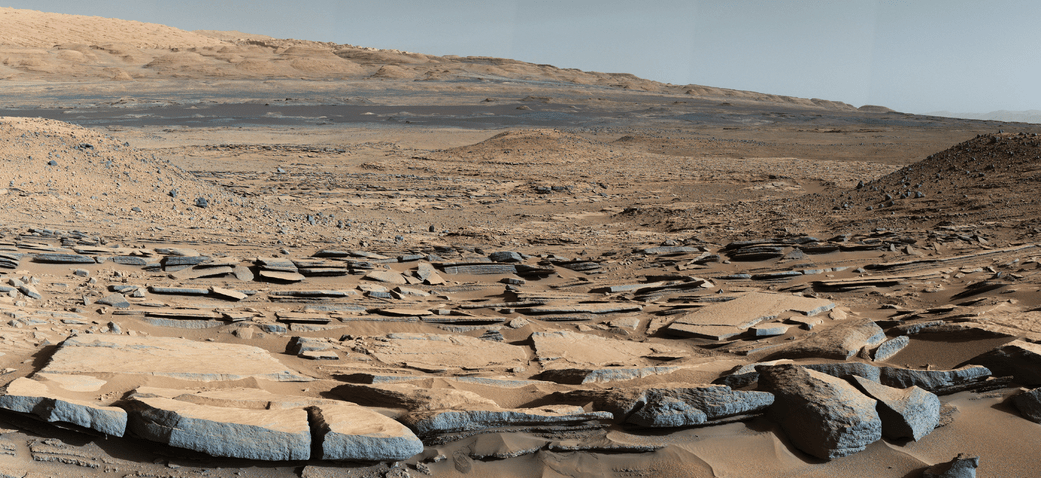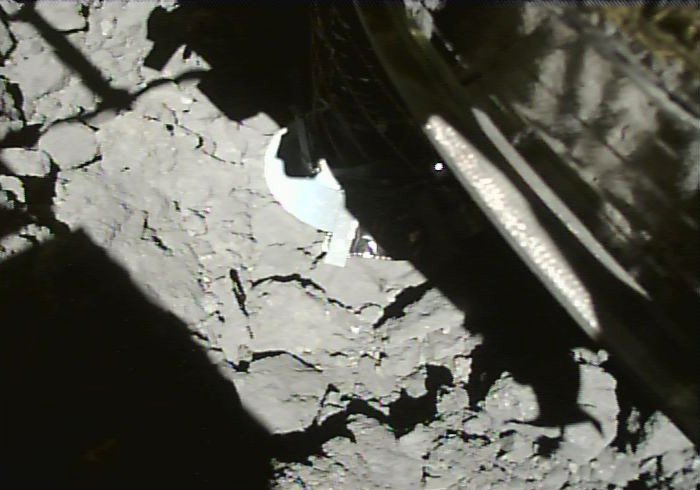LightSail 2 has successfully deployed its solar sails. Shortly after 12:00 pm PST The Planetary Society tweeted that the sails were deployed, and that the spacecraft was sailing with sunlight. We can all enjoy their success and start to wonder how solar sails will fit into humanity’s plans for space exploration.
Update: This article has been updated with new images from LightSail2.
Continue reading “Drama In Low-Earth Orbit As LightSail2 Deploys Its Sails”
